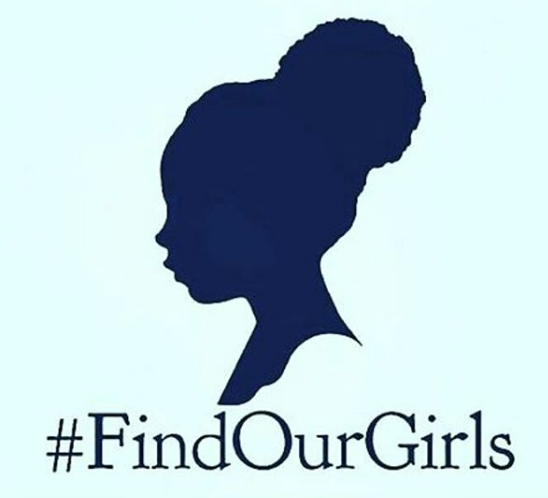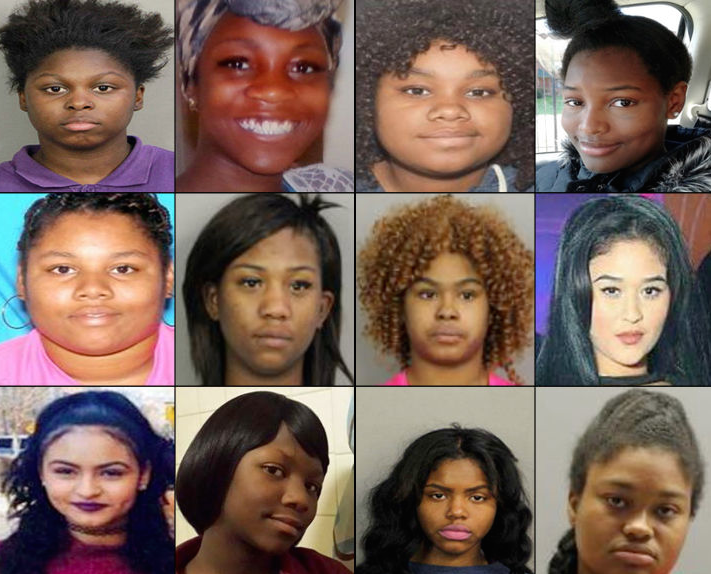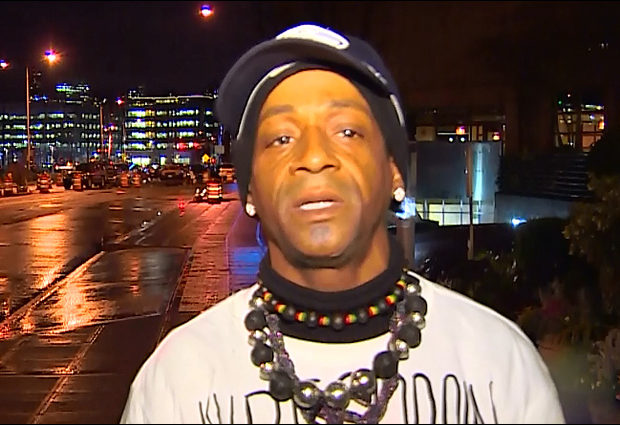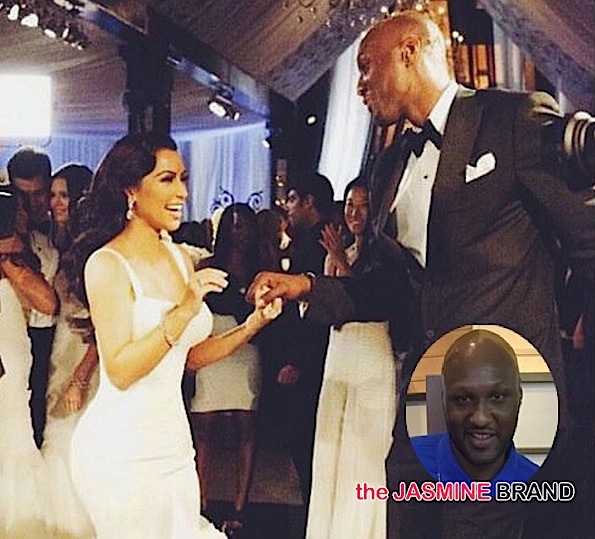Find Our Girls: New Initiatives Announced To Find DC’s Missing Youth
DC’s Missing Youth: New Initiatives Announced
In recent weeks, news about Washington, DC’s missing youth, particularly teenage girls of color, has garnered local and national attention and concern. Mayor Bowser has identified six immediate initiatives to locate young people who have been reported as missing, provide critical resources to better address the issues that cause young people to run away from home, and support young people who may be considering leaving home.
Recently, the Metropolitan Police Department (MPD) Youth and Family Services Division began aggressively using social media to generate immediate public attention for missing young people, and these six initiatives will build on this strategy. By using social media to make the community aware of missing young people, MPD has been able to generate significant public attention around the cases – often a key contributor to finding missing persons. The tweets have also brought much-needed attention to the fact that in cities across the country, hundreds of youth, particularly young people of color, are reported missing each year. Mayor Bowser said,
One missing young person, is one too many, and these new initiatives will help us do more to find and protect young people, particularly young girls of color, across our city. Through social media, we have been able to highlight this problem and bring awareness to open cases, and now we are doing more to ensure that families and children are receiving the wraparound services they need to keep families together and children safe.
The six new initiatives announced by the Mayor include:
Initiative 1: Increase the Number of MPD Officers Assigned to Children and Family Services Division
MPD will increase officer staffing of the Children and Family Services Division. The newly assigned officers will share the responsibility of locating youth who have been reported missing. Additional officers may be provided through the Senior Police Officer Program, detailing of officers from other divisions, particularly officers who have previously served in this division, or the use of school resource officers.
Initiative 2: Expansion of the MPD Missing Persons Webpage and Social Media Messaging to Include Case Catalog with Broader Information
The current MPD Missing Persons website includes a tally of cases and very general information on each open case which is compiled into a Critical Missing flyer. Effective immediately, the updated MPD site will share more information about missing youth including: the circumstances of the child (abduction, parent abducted, child left home/school/other), the MPD officer assigned to the case, and more images. When the child is located, the date will be noted.
Initiative 3: Establish the Missing Persons Evaluation and Reconnection Resources Collaborative
The Child and Family Services Agency (CFSA), the Office of Victim Services and Justice Grants (OVSJG), and identified community-based organizations will assist MPD with instituting a comprehensive evaluation of youth who are found or return home to assess the circumstances around their departure and to provide any additional resources/support/services necessary for the health and well-being of the child and the family.
A proposed citywide response and protocol will be created by a director level working group to serve all youth who have been reported missing and their families. This protocol will provide supports to the family while the child is missing. It will also ensure that young people and families are assessed appropriately and linked to resources that will enable successful reunification and sustainable family relationships that prevent repeat run away cases.
Initiative 4: OVSJG and CFSA Lead Working Group
OVSJG and the CFSA will lead a director level working group to analyze individual open cases, assess and analyze trends, and manage resource requests. A preliminary meeting has already taken place, and the group identified the following goals:
develop a protocol to ensure that every runaway youth, upon return, is assessed and the reason for leaving established;
work on creating a process that will ensure support for families while a child is missing and services available when he/she returns; and
identify prevention efforts with families, schools, the Summer Youth Employment Program, and others.
Initiative 5: DMHHS and OVSJGA Additional Grant Support for Non-Profits Addressing Runaway Youth
OVSJGA and the Office of the Deputy Mayor for Health and Human Services (DMHHS) will identify and promote grant funding to both advocacy and community-based organizations. DMHHS will release its latest round of Safer, Stronger DC grants, and OVSJGA will identify additional grant funding for advocacy and nonprofits with resources for runaway youth and their parents/guardians. The Mayor’s Budget Office is in the process of identifying existing resources for grants that can be distributed expeditiously.
Initiative 6: PSA Announcement to Support Public Education Addressing Missing Youth in DC
The Mayor’s Office of Communication and the Office of Cable Television, Film, Music & Entertainment (OCTFME) will create and promote the 800RUNAWAY hotline and website for youth and their parents/guardians through public service announcements. In addition, the OVSJG and CFSA Lead Working Group will work on identifying prevention efforts to educate young people.
Background
MPD has a General Order that governs the process for dealing with persons reported missing. The order classifies anyone under the age of 15 or over the age of 65 as being a “critical missing person.” There is no minimum time required for MPD to file a missing person report (popular lore is that a person must be missing at least 24 hours before they can be designated as missing).
In looking at previous years, the vast majority of missing person cases are closed when the person is found, returns home, or makes contact with their families. According to MPD, their records indicate that over the past 35 years, only 68 cases remain open.
Missing person cases usually involve individuals who have voluntarily left home for personal reasons. When it comes to missing juveniles, a significant number have been reported missing on more than one occasion, and they are usually quickly found or return home.
According to MPD, there is no evidence to suggest the recent missing person cases are connected to human trafficking. However, these crimes are generally underreported and MPD offers outreach and officer training on the issue. Juveniles are referred to nonprofit organizations like Courtney’s House and Fair Girls for services, support, and encouragement to report being the victims of criminal activity. In 2014, MPD worked with ShareHope, Polaris Project, Fair Girls, Courtney’s House, the U.S. Attorney’s Office, and the Office of Victim Services to develop a 4-hour training course on human trafficking for all officers. More than 80 percent of MPD officers have taken the course and the training is ongoing.
To find the most recent data on missing person cases in Washington, DC go to mpdc.dc.gov/missingpersons.
Photo: DC Metro Police Department
Follow us: @theJasmineBRAND on Twitter | theJasmineBRAND on Facebook| theJasmineBRAND_ on Instagram




 Previous Article
Previous Article Next Article
Next Article Rihanna Postpones ‘Anti’ Tour
Rihanna Postpones ‘Anti’ Tour  Ray J Says Love & Hip Hop Album Scrapped Over Political Reasons
Ray J Says Love & Hip Hop Album Scrapped Over Political Reasons  Katt Williams Flicks A Cigarette in Woman’s Face + Details On Latest Seattle Arrest
Katt Williams Flicks A Cigarette in Woman’s Face + Details On Latest Seattle Arrest  Kim Kardashian Credits God for Lamar Odom’s Improved Condition
Kim Kardashian Credits God for Lamar Odom’s Improved Condition ![Mya Previews ‘Team You’ [New Music]](https://thejasminebrand.com/wp-content/uploads/2015/12/Mya-Team-You-the-jasmine-brand.jpg) Mya Previews ‘Team You’ [New Music]
Mya Previews ‘Team You’ [New Music]  Love & Hip Hop’s Nia Riley Alludes To Abuse From Soulja Boy? Rapper Spotted W/ Mehgan James
Love & Hip Hop’s Nia Riley Alludes To Abuse From Soulja Boy? Rapper Spotted W/ Mehgan James  Celebrity Hairstylist Metowi Willingham Offers Free Services To Federal Employees Out of Work Amid Government Shutdown
Celebrity Hairstylist Metowi Willingham Offers Free Services To Federal Employees Out of Work Amid Government Shutdown ![Kylie Jenner’s “Life of Kylie” Spin-Off [Teaser]](https://thejasminebrand.com/wp-content/uploads/2017/05/Screen-Shot-2017-05-12-at-10.06.52-AM.png) Kylie Jenner’s “Life of Kylie” Spin-Off [Teaser]
Kylie Jenner’s “Life of Kylie” Spin-Off [Teaser]